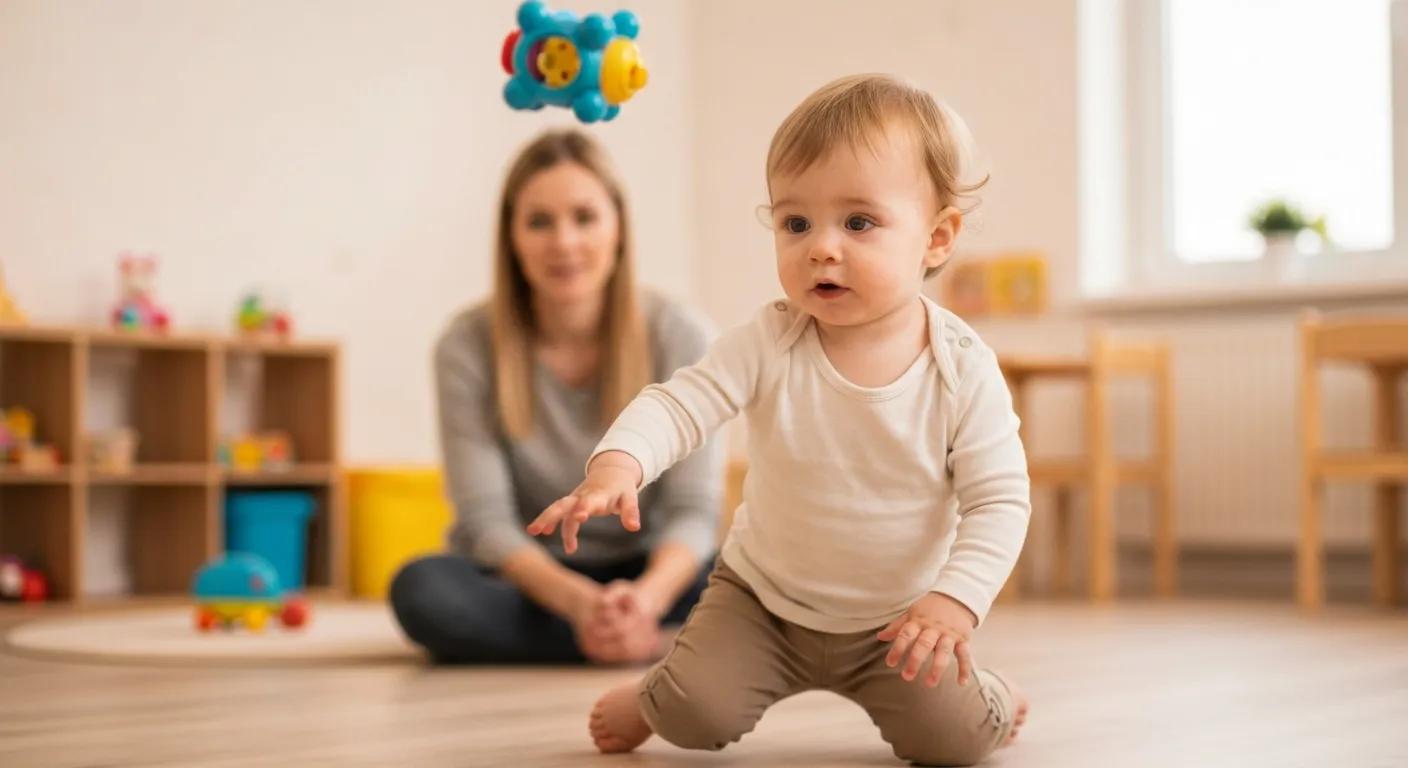
Toy-Throwing Toddlers: Unpacking Their Emotional Development
The Psychology Behind Toy-Throwing: Understanding Your Child’s Behavior
If you’ve ever watched your toddler pick up a toy and gleefully toss it across the room, you’re not alone. Toy-throwing is one of the most common behaviors in early childhood — and while it can feel chaotic or frustrating, it’s also incredibly meaningful. Children rarely throw toys “just to be bad.” In fact, this behavior is a window into what they’re feeling, learning, and trying to communicate.
At Chroma Early Learning Academy, we believe that understanding the why empowers parents to respond with empathy, structure, and confidence. Let’s explore what’s really happening when little hands launch big emotions into the air.
1. They’re Exploring Cause and Effect
For young children, the world is full of questions — and throwing answers a lot of them. “What happens when I drop this?” “What if I throw it harder?” “Will it bounce? Will it break? Will someone react?”
Throwing helps children understand physics, gravity, sound, and consequences. It’s hands-on science… toddler edition.
What to do: Offer controlled opportunities for throwing: soft balls, outdoor play, or designated “throwing zones.” Redirect, don’t punish.
2. Their Emotions Are Bigger Than Their Words
Children under five often feel emotions they can’t fully express verbally. Throwing becomes a physical outlet for frustration, excitement, overwhelm, or sensory overload.
What to do: Name the emotion for them: “I see you’re frustrated. That block tower didn’t stay up.” Teaching emotional language reduces the need for physical expression.
3. They’re Testing Boundaries — And Looking for Consistency
Throwing is one of the ways children learn what the rules actually are. If the reaction is inconsistent, the behavior continues. If the boundary is predictable and calm, the behavior fades.
What to do: Offer a clear rule: “We don’t throw hard toys. Hard toys stay on the floor.” Then guide them to an appropriate alternative.
4. They Need Sensory Input
Some children throw because they seek sensory feedback: movement, noise, or resistance. It’s their way of grounding their body and releasing energy.
What to do: Give safe outlets like: • Soft balls • Bean bags • Pillows • Outdoor play or gross-motor activities
Your child isn’t misbehaving — they’re regulating.
5. They’re Communicating a Need
Toy-throwing is often a signal: “I’m tired.” “I’m done.” “I need attention.” “I’m overstimulated.”
Kids communicate through behavior long before they communicate through words.
What to do: Look at what happened right before the throwing. Patterns reveal the message they can’t yet say.
6. They Want Your Engagement — Not Your Anger
Children watch your face more than your rules. A dramatic reaction (even negative!) can reward the behavior. But a calm, steady response teaches emotional regulation.
What to do: Stay neutral. Offer a choice or redirection. Model emotional control.
How Chroma Helps Children Learn Through Behavior
At Chroma Early Learning Academy, we see toy-throwing as an opportunity — not a crisis. Our educators: • Observe patterns behind the behavior • Teach emotional vocabulary • Give children safe physical outlets • Redirect with intention • Reinforce boundaries with warmth and consistency
We help children learn that big feelings are okay, but they must be expressed in safe, kind ways.
The Takeaway
Toy-throwing isn’t misbehavior — it’s communication, exploration, and development wrapped into one dramatic toss. When parents understand what’s underneath the behavior, everything gets easier: the response, the redirection, and the connection.
Your child isn’t trying to give you a hard time. They’re trying to navigate a world that feels big, bright, and sometimes overwhelming.
And with patience, guidance, and the right environment, this phase becomes another step toward emotional growth and self-control.
Learn More...
• Understanding Child Behavior & Psychology: How to Nurture Emotional Intelligence and Positive Growth
• Teaching by Example: How Parents Shape Their Children’s Behavior
• Handling “Bad Behavior” Without Yelling: Positive Discipline Strategies
Chroma Early Learning Academy — Where Behaviors Become Learning Moments
